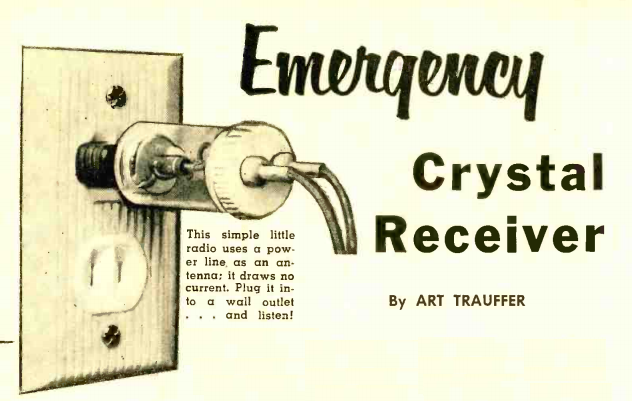
Chickasaw National Recreation Area, Oklahoma. NPS photo.
I had my first “park to park” QSO today in the ARRL National Parks On The Air (NPOTA) event. On the way to do some grocery shopping, I decided to make a quick stop near the Mississippi River, at a parking lot just south of Summit Avenue on the St. Paul side of the river. It’s at a fairly good elevation above the water, but it’s within the required 100 feet of the river.
I worked about 35 contacts on 20 meter CW in about a half hour, as shown in the log below. When the pileup subsided, I decided to try phone. In a previous “activation” from this location, I had managed to work about 50 contacts, but that was after I was “spotted” on the DX cluster. Without that help, my 5 watt signal didn’t attract anyone’s attention on the crowded band, and I called CQ for about 10 minutes without any takers. Before packing up, I decided to tune the band and look for any other strong signals.
After a few minutes, I heard Gary, N5PHT, who I had already worked a few times from home. He was operating from a campground at the Chickasaw National Recreation Area in Oklahoma. He had a booming signal and easily pulled my weak signal out of the noise.
Gary’s station is described on his website. The difference in signal is attributable to the fact that he is running 100 watts to a better antenna, with a nice station set up in his motorhome. Even though he was portable, he had a formidable signal, and has worked about 2000 contacts in about a week from this portable location.
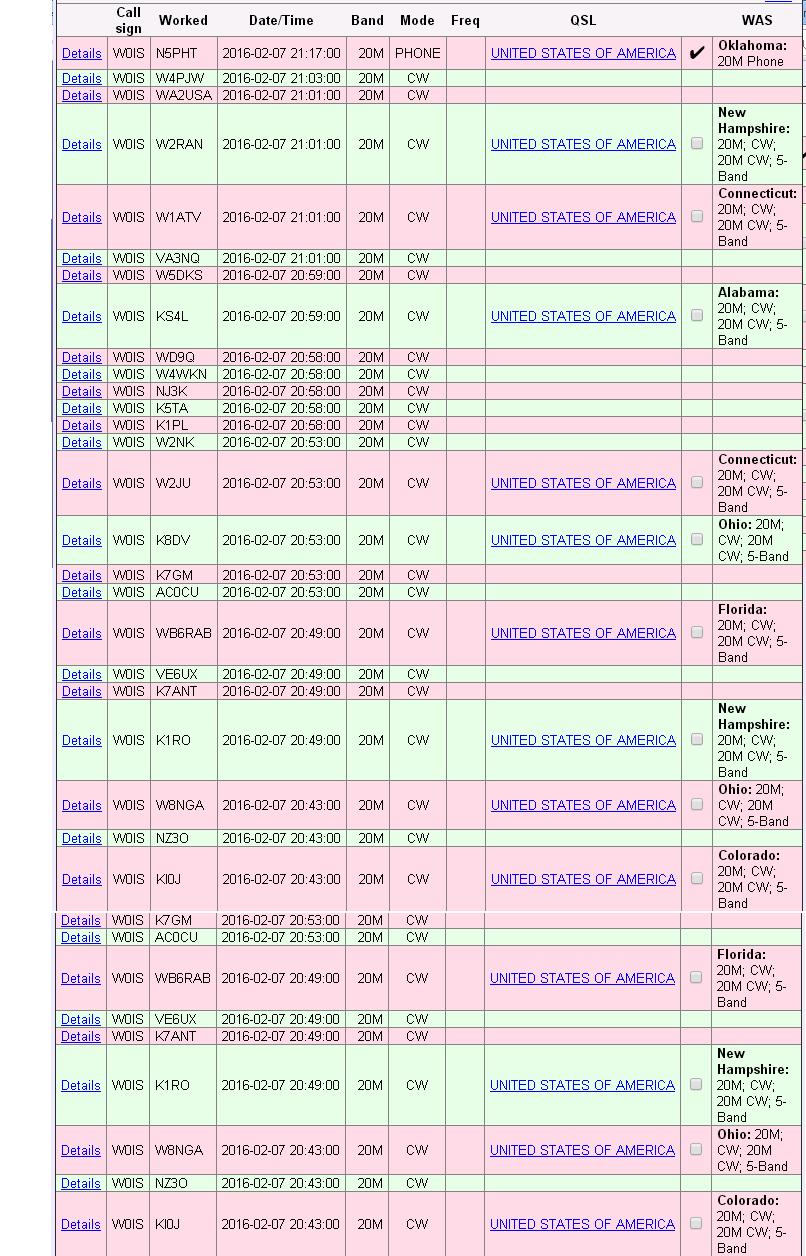

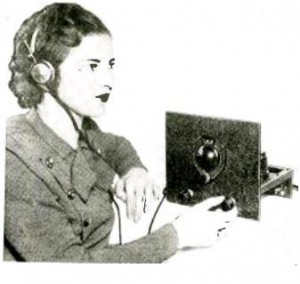 Eighty years ago, the SWL shown here was exploring the ether with her three-tube shortwave set, as featured in the February 1936 issue of
Eighty years ago, the SWL shown here was exploring the ether with her three-tube shortwave set, as featured in the February 1936 issue of 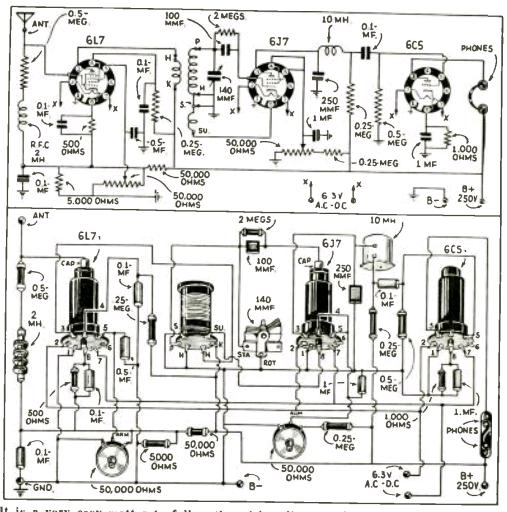
 Seventy five years ago, the U.S. was clearly gearing up quickly for war, and the War Department turned its attention to the communications manpower that the war would entail. As reported here in the February 1941 issue of QST, the Army was sending out a questionnaire to all of the hams listed in the call book.
Seventy five years ago, the U.S. was clearly gearing up quickly for war, and the War Department turned its attention to the communications manpower that the war would entail. As reported here in the February 1941 issue of QST, the Army was sending out a questionnaire to all of the hams listed in the call book.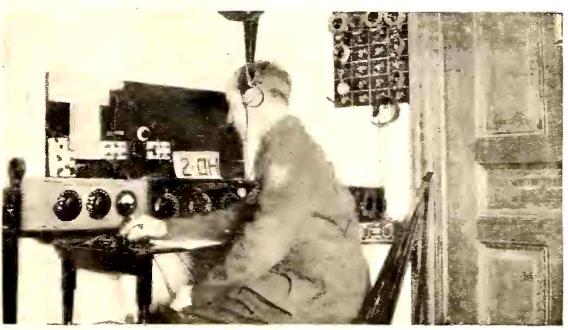
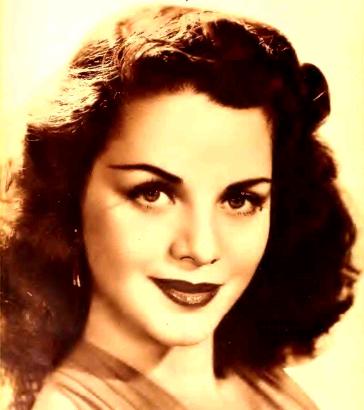

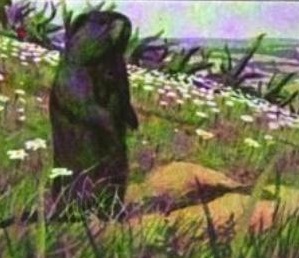 The groundhog shown here appeared in
The groundhog shown here appeared in 